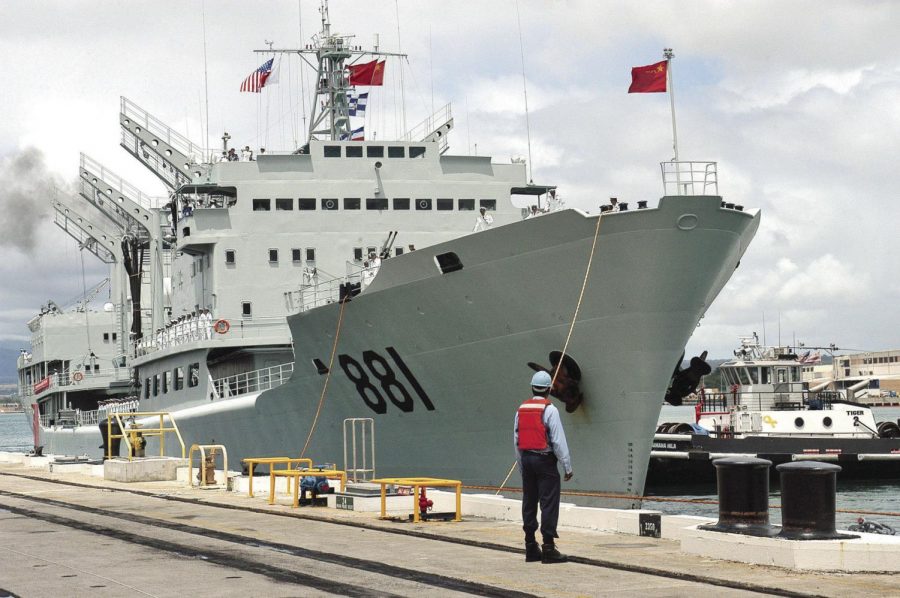Pacific politics product of precariously tangled tensions
North Korea’s very existence will continue to escalate tensions in the region.
When people think of North Korea, they don’t typically imagine a modernized army with quality leadership that could pose a threat to the United States. Rather, they imagine a small, ill-equipped nation that is far too overconfident.
Opinions of China paint a much different picture, however, as they move to modernize their military, which has also spurred a small-scale arms race with a U.S. ally, Japan.
The rivalry between China and Japan can be easily explained: Japan invaded China in 1936, and committed horrible atrocities while they were there. The Imperial Japanese quest for dominance in the Pacific and Asia often resulted in acts just as atrocious as those perpetrated under the rule of Nazi Germany.
Unlike Germany, however, Japan does not teach about or discuss the actions they committed approximately 70 years ago, nor did they ever pay reparations for them. Today, certain islands are still claimed both China and Japan, which has led to increased tensions between the two nations.
China’s decision to continuously defend North Korea may seem irrational, but there is a valid reason for it from China’s point of view. China fears that a unified Korea would be friendly to the U.S. Currently, China is geographically isolated from this situation. Most countries surrounding China would not allow the United States to station soldiers on their land.
India shares a small border with China, and is a close ally to the U.S., but that small border is not necessarily suitable for an invasion, owing to its location in the Himalayas. If Korea was unified, and friendly to the United States, it could easily be used as a staging ground for a U.S invasion of China.
While a war with China seems unlikely right now, tensions have been building up. Another act of aggression on China’s part is their building of artificial islands. Aircraft carriers allow countries to project power all across the globe. Most countries, including China, only have one carrier, if any at all.
The United States has ten, the largest in the world; however, China does not need to exert power all over the globe. They only need to exert their force in the South China Sea. These artificial islands can support airstrips for fighter and bomber planes, harbors to repair, rearm, and refuel ships and bases and fortification for military personnel.
If a war broke out between the U.S. and China, it would probably look a lot like the Pacific War against Japan, with a few key differences and similarities.
Modern day China, like Imperial Japan, knows it likely cannot win an offensive war against the United States. Their strategy would likely focus on fortifying key points to prevent a U.S break-through. Their islands will allow their planes greater reach, and the harbors would make it so that their navy does not have to travel as far for supplies.
The U.S. would likely attempt to neutralize or starve out the islands like they did against the Japanese in World War II, although the use of ground forces and Marines to accomplish might not be as common thanks to advances in other forms of weaponry.
That’s how a war might play out, assuming it did not go nuclear, and if such a scenario was even likely to begin with. The economies of both China and the United States are incredibly intertwined, and a war would severely cripple both nations. China also knows that it cannot even begin to compete militarily with the U.S at the moment.
If a war were to ever break out, it would be when China felt more secure in their position, and when their economy was not so dependent on the United States. For now, we will see tensions continue to rise without any military action being taken.







